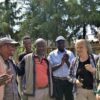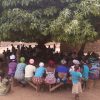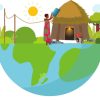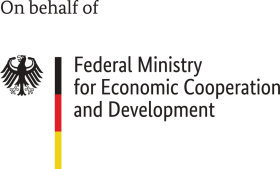Solar pumps secure harvests, income and livelihoods in northern Tanzania
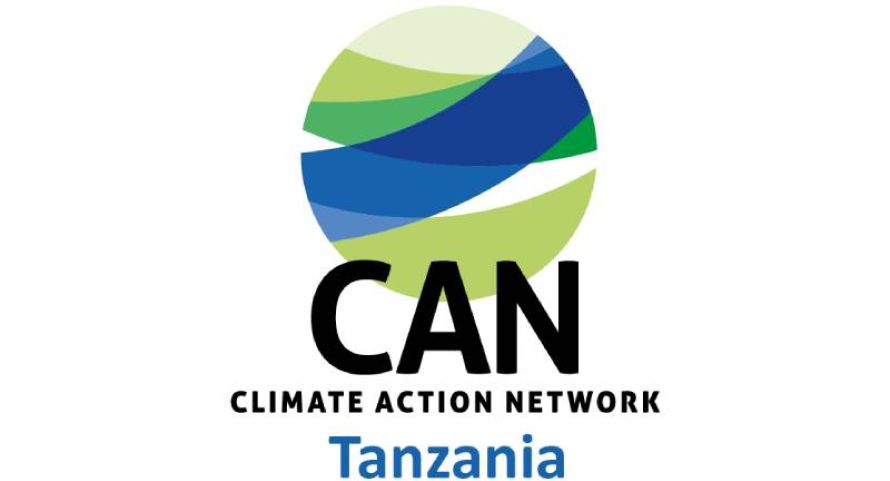
Where rain becomes rarer, solar-powered water pumps ensure the survival of smallholder farmers. The technology is low-maintenance and opens up numerous opportunities for people, as an example from Tanzania shows.
On good days, the inhabitants of Mkombozi, Ngosero and Kilima Mbogo can see the peak of Mount Kilimanjaro. In Northern Tanzania they also already know exactly what climate change feels like. There is even less rainfall than usual and where streams used to babble, it is increasingly dry and dusty. Without enough water the people cannot cultivate their fields. The only possible alternative to rain is groundwater.
This is why Green People’s Energy (GBE) supports the solar irrigation project of the Climate Action Network Tanzania (CAN-TZ). The aim is to gain access to groundwater with the help of at least six solar-powered pumps, installations that work cost-effectively because they use the sun’s energy and do not require much maintenance.
With the pumps about 6,000 smallholders from the three villages can cultivate about 970 hectares and irrigate their fields all year round. This has many advantages: Cereals and vegetables do not wither. Instead, farmers can increase their harvests, sell surpluses and earn higher incomes. Overall they become more resilient to climate change and drought.
The project is implemented by CAN-TZ in close cooperation with the villagers. In a village meeting the organisation’s staff informed about the project and a joint steering committee monitors the work. In addition to farmers and members of water groups, it also includes members of CAN-TZ and the district council. The latter are very happy about the project, not least because 60 percent of the beneficiaries are women and youth.
CAN-TZ staff not only installs the solar water pumps, but also train technicians to maintain the systems. Additionally they organise and train water user groups.
